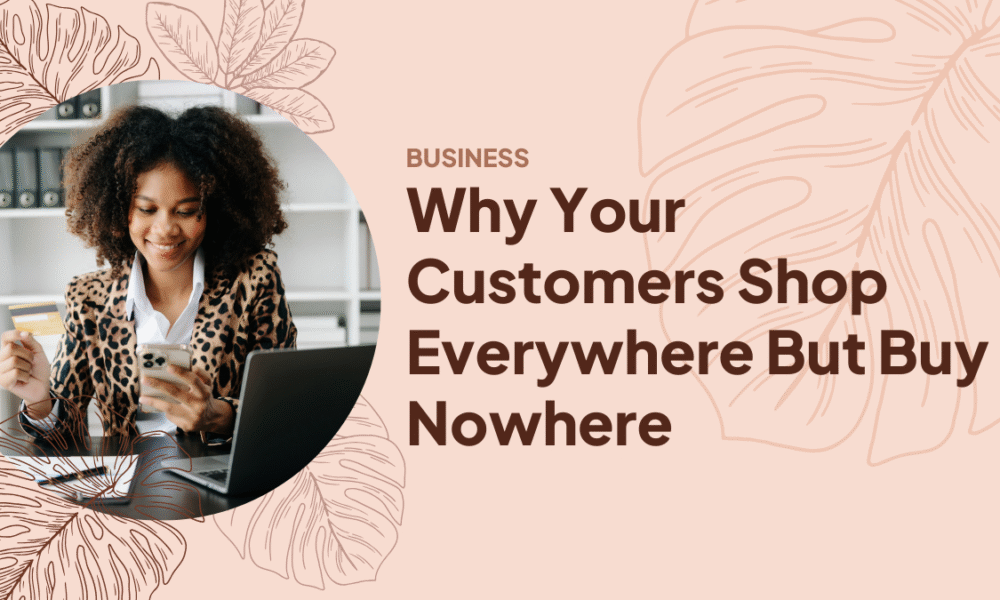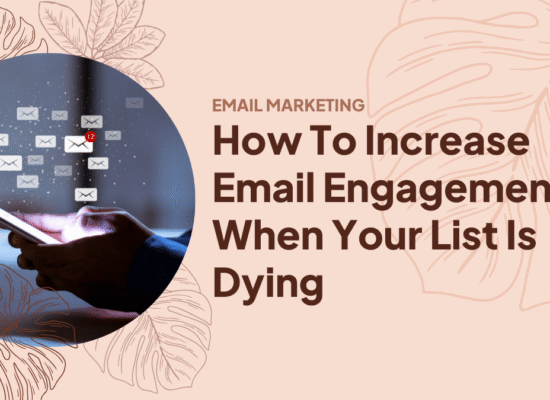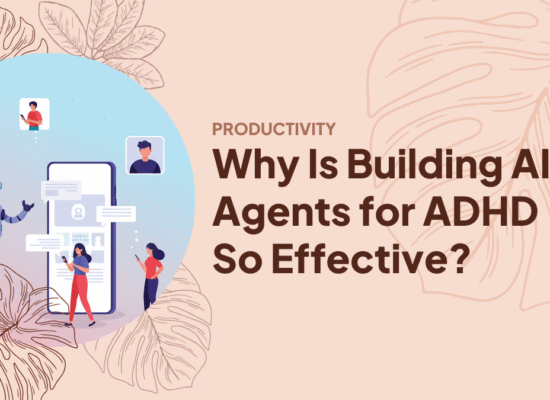Table of Contents
Your customers look at your products everywhere but don’t buy them anywhere.
They check your website, visit your store, and look at your social media. Then they buy from someone else who made shopping easier. The problem isn’t what you sell or how much it costs.
The problem is that your shopping channels don’t work together.
When your channels don’t connect, you lose more than just sales. You lose customer trust too. When customers see different prices, messages, or service at different places, they wonder if they can trust your business.
What Makes Omnichannel Sales Different from Multi-Channel Selling?
Having many channels means you have a website, a store, and social media. Omnichannel sales means all these channels work together like one big system. When customers add items to their cart on their phone, they can see those same items on their computer. When they shop in your store, staff can see what they bought online before. If they ask for help, the conversation continues no matter which way they contact you.
This difference is more important than most businesses think, especially for companies focused on B2B branding where relationship continuity matters most.

The Customer Experience Revolution
Today’s shoppers don’t think about where they shop. They just want to solve their problems.
Research shows 73% of shoppers use different places when they buy something. They might see your product on Instagram first. Then they look it up on your website. They read reviews on other sites. Finally, they buy it in your store.
Every place they meet your brand changes how they feel about it.
When all these experiences work well together, customers trust you. When they don’t work together, customers get confused. Whether customers trust you or get confused often decides where they spend their money.
Companies that implement effective omnichannel sales strategies keep 89% more customers than businesses that don’t connect them well. They also make much more money. Sales go up by 287% when customers have smooth experiences across all channels.
These numbers show that customers now expect all channels to work together.

Beyond Channel Integration
Omnichannel sales changes how you learn about your customers.
Instead of seeing separate visits to different places, you see the whole customer journey. This bigger picture shows you things that looking at just one channel would miss. You learn which places help customers decide to buy, where they get stuck, and what makes them finish buying.
This information gives you an edge over competitors and can inform your PR campaigns by highlighting real customer success stories and journey improvements.
Think about “Buy Online, Pick Up In Store” as a good example. This service was worth $95 billion in 2022 and will grow to $154.3 billion by 2025. This works well because it mixes the ease of online shopping with getting products right away in stores.
Customers get the best parts of both ways to shop.
Smart businesses use this connection to offer special services. They can do things that businesses with only online stores or only physical stores cannot do. This combination makes them different from competitors.
The Implementation Reality
Setting up omnichannel sales needs more than just new technology.
Your team needs to say the same things to customers everywhere. Your inventory systems need to show what’s available right now, no matter where customers shop. Your customer service team needs to see the full history of each customer’s interactions.
Most importantly, different parts of your company need to work together better than before.
Getting the technology to work together is often easier than getting people to work together.
Start with Customer Data Integration
Start with your customer information. Having all customer details in one place is the foundation of omnichannel experiences. When you can see what customers do across all channels, you can make their experience more personal and guess what they need.
Ensure Content Consistency
Next, make sure your content matches everywhere. Your brand should sound the same, look the same, and give the same message whether customers find you on social media, your website, or in person. This is where quality SEO content writing becomes crucial – consistent, optimized content across all touchpoints strengthens your omnichannel approach.
When things don’t match, customers get confused and lose trust.
Focus on Journey Optimization
Finally, focus on making the whole customer journey better instead of just making each channel better by itself. This means measuring different things and sometimes changing how departments work. This change can feel uncomfortable but leads to better business results.

The Competitive Landscape Shift
Omnichannel sales changes how businesses compete with each other.
Businesses that connect their channels well can compete with bigger companies by giving customers better experiences. Being big becomes less important than doing things well. Smaller businesses often move faster and change more easily when customers give feedback.
There’s still time for businesses that want to invest in connecting their channels.
Your customers already expect omnichannel experiences. Companies like Amazon, Apple, and Starbucks have taught them to expect smooth interactions everywhere they shop. When your business gives them this experience, you meet what they expect. When you don’t, you fall behind.
The choice isn’t whether to use omnichannel sales strategies. The choice is whether to be a leader or a follower in your market.
Making It Work For Your Business
Omnichannel sales works best when you focus on what customers want to achieve instead of just making each channel better.
Ask yourself what your customers are trying to do. Look at how they currently move through your different touchpoints. Find where they get stuck or confused. Then create solutions that fix these problems.
The goal isn’t to make everything perfect right away. The goal is to keep making customer experiences smoother over time.
Start with your most important customer groups. Learn which channels they like to use and how they typically shop. Build solutions for these groups first, then work on others.
Measure success by how happy customers are and how much they spend over time, not just how well each channel does by itself. This keeps you focused on what matters most: creating customers who buy from you again and tell others about you.
Your customers are already shopping across many channels. The question is whether you’re making their journey easier or harder. Omnichannel sales makes sure you’re always making it easier.
Key Takeaways
- Omnichannel sales increases customer retention by 89% and boosts sales by 287% compared to disconnected channels.
- Success requires integrating customer data, ensuring content consistency, and optimizing the entire customer journey.
- Companies that implement omnichannel strategies gain competitive advantages by meeting modern customer expectations.
Power Your Multi-Channel Success with Reliable Infrastructure
Frequently Asked Questions
What's the difference between multichannel and omnichannel sales?
Multichannel means having multiple sales channels, while omnichannel sales integrates all channels to work as one unified system for seamless customer experiences.
How long does it take to implement omnichannel sales?
Most businesses see initial improvements within 3-6 months, with full omnichannel integration typically taking 12-18 months depending on complexity.
What's the ROI of omnichannel sales strategies?
Companies implementing omnichannel sales see an average 287% increase in sales and 89% better customer retention compared to businesses with disconnected channels.
Maria is an accomplished digital marketing professional, specializing in content marketing and SEO. She's a neurodivergent who strives to raise awareness, and overcome the stigma that envelopes around mental health.






